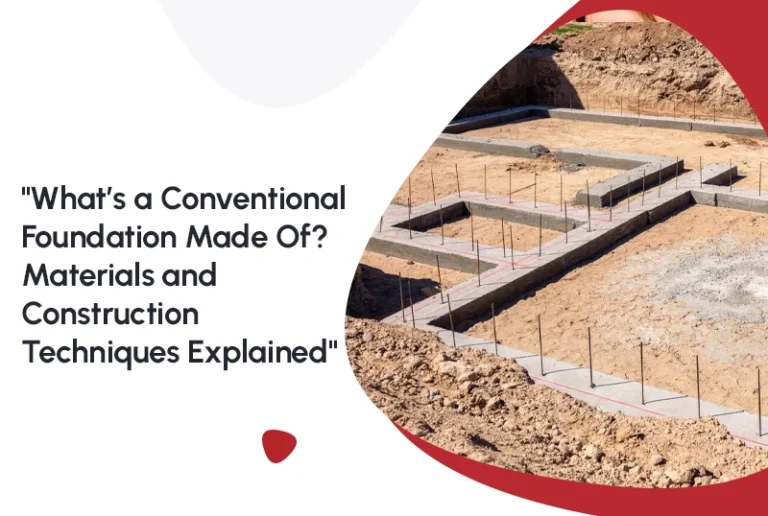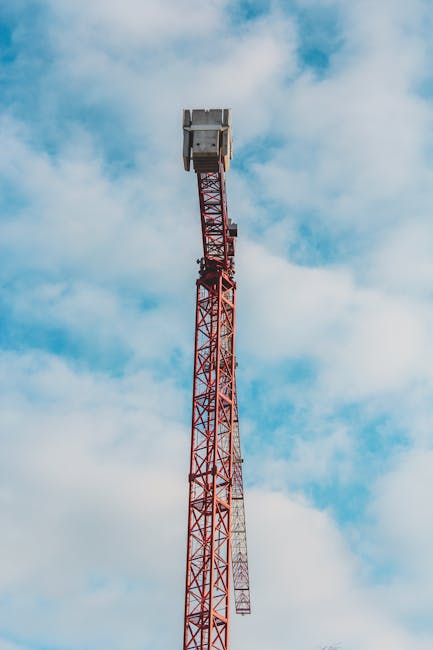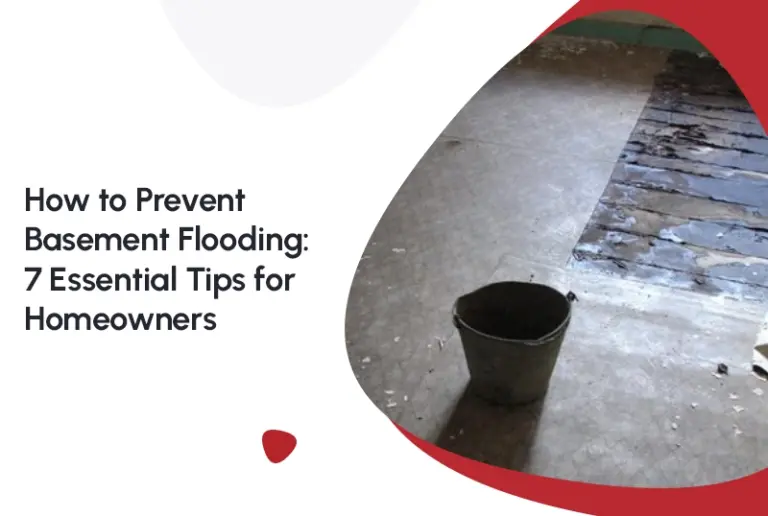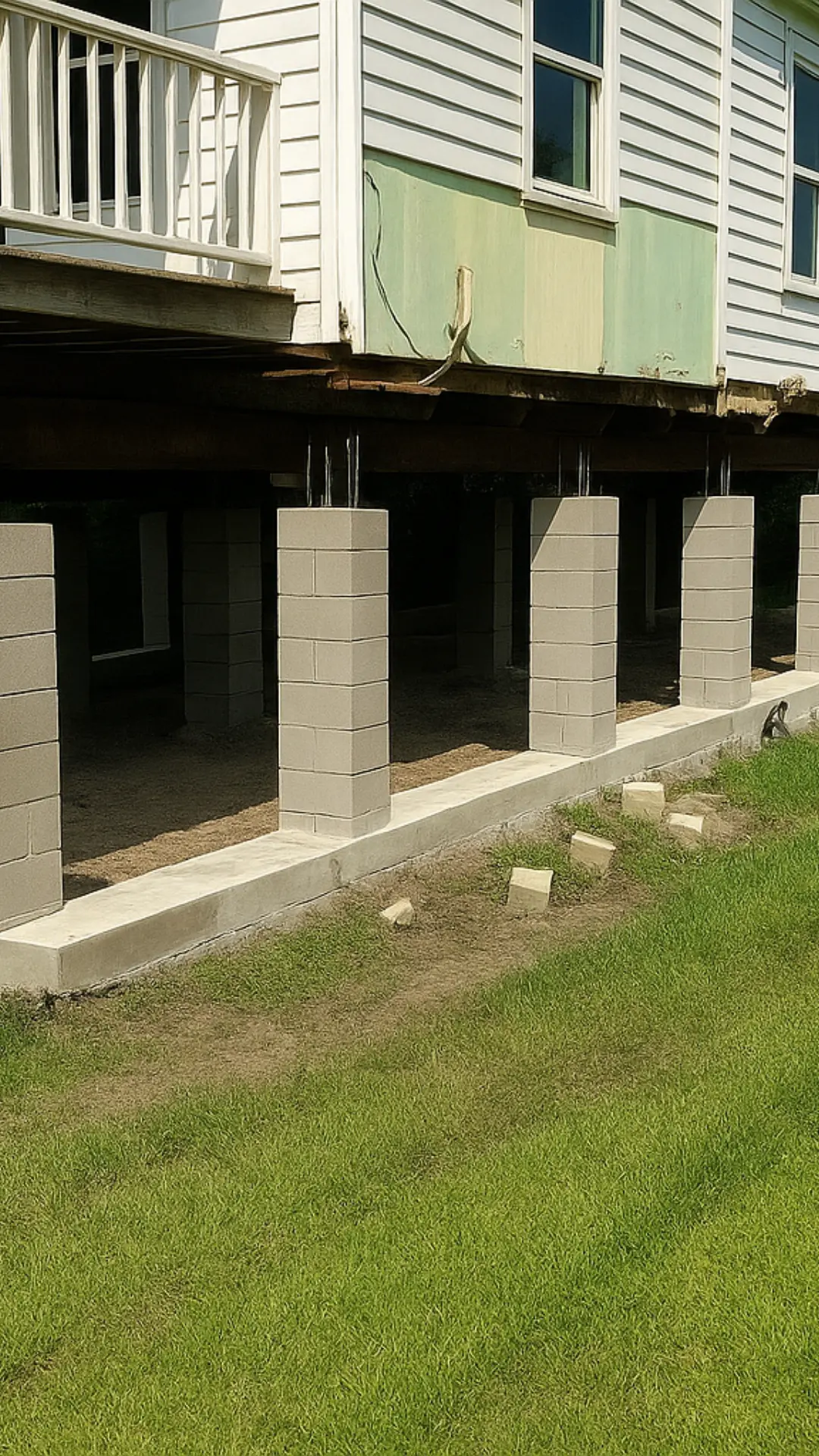Home foundation repair is one of the most significant investments a homeowner can make—and one of the most confusing when it comes to insurance coverage. Every year, thousands of homes face foundation issues due to natural settling, water damage, and soil expansion. But does your homeowner’s insurance policy cover these costs?
This article breaks down everything you need to know about foundation repair insurance: what’s covered, what isn’t, how to file a claim, and how to ensure you’re not paying out of pocket for something that should be insured. Our team at Precision Hub specializes in home foundation repair in Houston and helps homeowners navigate the insurance process for faster, affordable fixes.
What is Home Foundation Repair Insurance?
Home foundation repair insurance isn’t a standalone policy. It’s part of your existing homeowner’s insurance and only kicks in when foundation damage is caused by a “covered peril.” These include:
- Accidental water damage (like a burst pipe)
- Fire or smoke damage
- Explosions
- Vandalism
- Falling objects or vehicles
However, standard policies exclude wear and tear, poor construction, or soil movement.
Common Causes of Foundation Damage
To understand what your insurance might cover, you must identify what caused the damage. In Houston, we deal with clay-rich soil, fluctuating moisture, and intense weather patterns—all major contributors to foundation failure.
Leading Factors in Foundation Damage
- Expansive Soil: The clay soil in Texas swells with rain and shrinks during droughts. This movement stresses foundations.
- Plumbing Leaks: Hidden leaks under slabs erode the ground supporting your home.
- Poor Drainage: Downspouts that empty near the home or sloping ground can saturate the soil, weakening the base.
- Improper Construction: Builders cutting corners or skipping soil testing can result in unstable foundations.
The American Society of Civil Engineers (ASCE) states that over 25% of U.S. homes face structural distress due to soil movement. Houston is a hotspot for these issues.
Does Homeowner’s Insurance Cover Home Foundation Repair?
The keyword is cause. If your foundation damage stems from a covered peril, your policy might pay for repairs. If not, you’re likely out of luck.
Covered Situations
- Water Damage from burst pipes or sudden discharge
- Vehicle Impact that damages your foundation
- Fire and Smoke events
- Explosions
- Volcanic Eruption or Collapse (rare, but sometimes listed)
In each case, you must prove the cause and show that it falls under your policy. Always read the declarations section of your policy and consider additional riders for flood or earthquake coverage.
What’s Not Covered
Insurance generally does not cover:
- Soil expansion or contraction
- Tree root intrusion
- Foundation settling due to age
- Neglected maintenance
Even damage from earthquakes or floods requires separate policies.
Pier and Beam Foundation Repair in Houston
Homes in Houston often feature pier and beam foundations due to their flexibility and ease of access. These structures rest on concrete or wooden piers and beams, creating a crawl space between the home and the ground.
Why Pier and Beam Repairs Are Different
- Increased Moisture Risks: Crawl spaces collect humidity and may cause wood rot.
- Shifting Beams and Piers: Soil movement can misalign support beams.
- Ventilation Issues: Poor airflow can lead to mold, further weakening the structure.
We specialize in pier and beam foundation repair in Houston. Our experts address crawl space ventilation, pier realignment, and structural shimming.
Signs You Need Repair
- Uneven or sloping floors
- Doors and windows that stick
- Cracks in walls or ceilings
If you notice these issues, don’t wait. The longer you delay home foundation repair, the worse (and more expensive) it becomes.
How to File an Insurance Claim for Foundation Repair
Insurance claims for foundation damage require detailed documentation. Follow these steps:
1. Contact Your Insurer Immediately
The moment you notice foundation damage, it’s important to notify your insurance company as soon as possible. The faster you inform them, the more likely you are to avoid any complications. Delaying the report can lead to potential coverage issues or missed claim deadlines.
2. Get Professional Inspections
After contacting your insurer, hire a professional contractor to inspect the damage. It’s crucial that you select a reputable local company with experience in home foundation repairs and insurance claims, as their reports and estimates will be critical for your claim.
3. Document the Scene
Proper documentation is essential when filing a foundation repair insurance claim. Not only will it support your case, but it may also expedite the claim process. Here’s what you should do: Create a damage summary, take timestamped photos, record the date and time of the photos.
4. Submit Your Claim
Once you have gathered all necessary documentation, it’s time to submit your insurance claim. Be sure to follow your insurer’s specific process for submitting claims.
5. Follow Up Consistently
After submitting your claim, don’t just wait for the process to unfold. Be proactive in following up with your insurance company to ensure that your claim is progressing smoothly.
How to Prevent Future Foundation Damage
Preventative maintenance is the best way to avoid unexpected home foundation repair bills. Here are key strategies:
Install Proper Drainage
Water is one of the most significant factors contributing to foundation issues. If water pools around your foundation, it can weaken the soil beneath, leading to shifts and cracks. Proper drainage is essential for redirecting water away from your home.
Monitor Moisture Levels
The soil beneath your foundation is sensitive to changes in moisture. Expansive clay soils, common in areas like Houston, can shrink and swell with fluctuations in moisture, putting pressure on the foundation. Keeping the moisture levels consistent is crucial for preventing these shifts.
Schedule Annual Inspections
Regular maintenance and early detection are key to preventing foundation damage. Scheduling annual inspections allows you to identify and address minor issues before they turn into costly problems. A professional inspection can provide peace of mind, ensuring that everything is in good condition.
Remove Invasive Trees
While trees can add beauty to your yard, their roots can pose a serious threat to the foundation. Invasive tree roots can grow toward your foundation, exerting pressure and causing cracks or shifting. Taking preventative action can save you from costly repairs in the future.
Statistics You Should Know
- The average foundation repair in Texas ranges from $4,500 to $10,000.
- 68% of homes in Texas are built on slab or pier and beam foundations.
- Insurance claims are more likely approved when a licensed contractor evaluates the damage and cause.
Conclusion
Home foundation repair can be a serious financial burden. But with the right insurance knowledge and a professional team like Precision Hub by your side, the process doesn’t have to be overwhelming.
We assist homeowners in Houston with both foundation and foundation crack repairs and insurance claim support, specializing in pier and beam foundation repair. Our team helps identify the cause of damage and guides you step-by-step through the claim process.
If you’re seeing signs of structural distress, don’t delay. Secure your home’s safety and value today with expert help.
FAQs
1. How often should I inspect my foundation?
You should schedule a foundation inspection at least once per year. Additionally, check for signs of damage after extreme weather, especially after heavy rainfall, drought, or flooding. Early detection prevents costly repairs and allows for timely maintenance.
2. Can foundation damage reduce my home value?
Yes, untreated foundation damage can decrease home value by 10%–15%. Even cosmetic signs like wall cracks or uneven floors can scare potential buyers. Repairs restore property value and improve resale prospects.
3. Is home foundation repair covered by warranty?
New homes often include a 5 to 10-year structural warranty that covers major foundation defects. However, these warranties typically exclude damage from external causes like soil movement or plumbing leaks. Always review your builder’s warranty details.
4. How long does pier and beam foundation repair take?
Most pier and beam repairs take between 1–3 days depending on the severity and area of damage. Larger home foundation repairs that involve multiple piers or structural reinforcements may take a week or more.
5. Will filing a claim raise my insurance premium?
It might. If you’ve filed multiple claims in the past or the repair cost is high, your provider may increase your premium. However, if this is your first claim and it’s due to a covered event, the impact may be minimal. Always ask your insurer before filing.
6. What are signs that my foundation is failing?
Look out for diagonal wall cracks, sticking windows and doors, gaps between walls and ceilings, sloping floors, or cracked exterior bricks. These signs indicate your foundation may be shifting or settling unevenly.
7. How much does home foundation repair cost in Houston?
Foundation repairs in Houston typically range from $4,000 to $10,000. However, more extensive repairs involving pier replacement or structural adjustments can exceed $20,000. The cost depends on your home’s size, foundation type, and damage level.
8. What should I do if my insurance claim is denied?
If your claim is denied, request a detailed explanation from your insurer. You can hire a public adjuster to reassess the damage, appeal the denial, or seek legal advice if the denial is unjust. Always ensure your documentation is complete and clear.
9. Can I prevent foundation damage during construction?
Yes. Builders can perform soil testing, use reinforced footings, and implement proper drainage systems during construction. Choosing the right materials and construction method significantly reduces the risk of future damage.
10. How do I maintain my pier and beam foundation?
To maintain this type of foundation:
- Keep crawl spaces dry and well-ventilated
- Check for standing water or mold regularly
- Repair broken piers and beams immediately
- Insulate plumbing to avoid cold weather damage
- Schedule annual inspections with a licensed contractor







